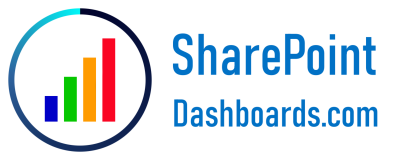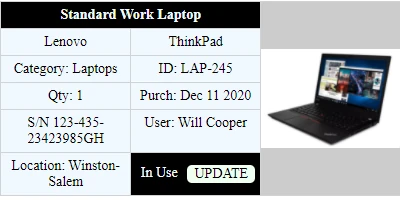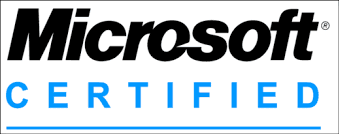Introduction to Asset Tracking
Asset tracking is an essential aspect of modern organizational management, particularly in technology-driven environments. Efficient asset tracking systems allow businesses to monitor equipment, allocate resources effectively, and streamline operations. When it comes to digital infrastructure like SharePoint, setting up a comprehensive asset tracking system requires a user-friendly interface, where information is both accessible and actionable.
SharePoint Dashboards and Asset Tracking Templates
Incorporating an asset tracking system in SharePoint is simplified by utilizing pre-made templates such as the Asset Tracking Cards from
SharePointDashboards.com. This template transforms a standard SharePoint list into a visually engaging and informative dashboard. It showcases each asset with images and detailed data, including:
- Status
- Location
- Make and Model
- Serial Number
- Quantity
- Purchase Date
This visual enhancement makes the management of assets more efficient by allowing users to filter, sort, and evaluate assets rapidly.
Charting and Visual Status Indicators
The Asset Tracking Cards template excels in turning a SharePoint list into an interactive display board. Visual indicators such as color-coded status bars allow a quick overview of asset conditions. For example, assets marked as 'maintenance required' might appear with a red status bar, while those functioning well are in green. This visual differentiation helps in prioritizing asset management tasks.
Project Management Integration
Project managers benefit immensely from such dashboards. They offer at-a-glance insights into resources available for various projects, facilitating better project planning and allocation of tasks. Information like quantity and location of assets ensures that resources are utilized efficiently across multiple projects.
Employee Management and Tracking
Strong asset tracking systems enhance employee management too. Managers can quickly determine which assets are assigned to which employees, along with their current status. This is crucial for workforce efficiency and can be instrumental in situations requiring rapid redeployment of team members or equipment.
Setting Up the Template
Implementing this template is as simple as copying and pasting from SharePoint Dashboards directly into your SharePoint list. This ease of setup means organizations can tailor their asset management needs within minutes, removing technical barriers and reducing deployment time dramatically.
Use Case Scenarios
IT Equipment Management: For a technology firm, tracking numerous devices like laptops, tablets, and servers is critical. By using this template, IT departments can easily view device locations, current statuses, and maintenance needs without sifting through cumbersome spreadsheets.
Educational Institutions: Schools often manage hundreds of assets including computers and laboratory equipment. The Asset Tracking Cards template allows administrators to efficiently manage these assets and ensure availability during key academic sessions.
Healthcare Facilities: Hospitals and clinics need a reliable asset tracking system to ensure that medical equipment is operational and available when needed. This template provides a comprehensive view of equipment status, facilitating timely interventions.
Understanding SharePoint JSON Formatting
SharePoint JSON formatting is a powerful tool for customizing the appearance of list views. By applying a JSON template, the visual aspect of a SharePoint list can be modified to present information more effectively. The Asset Tracking Cards template leverages this capability, providing an aesthetically pleasing and functional view by structuring JSON code around the data fields of a SharePoint list.
Conclusion
Asset tracking is indispensable for organizations seeking efficiency and accountability in resource management. By utilizing the Asset Tracking Cards template from SharePointDashboards.com, businesses can transform their SharePoint lists into a dynamic, informative dashboard in mere minutes. This not only saves time but also enhances the effectiveness of project and employee management, leveraging powerful visuals and organized data for optimal performance.






